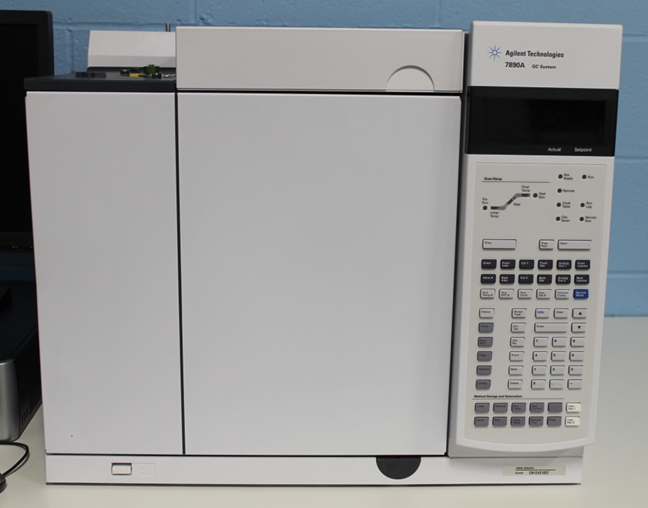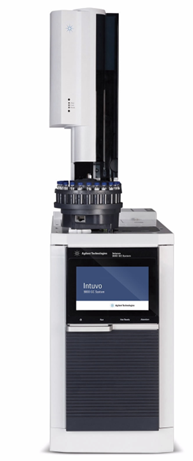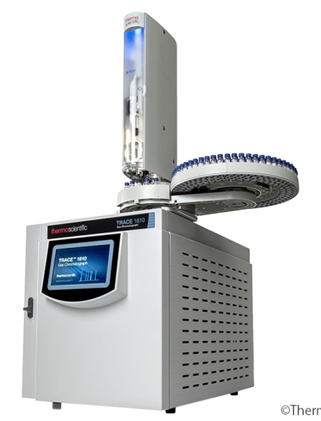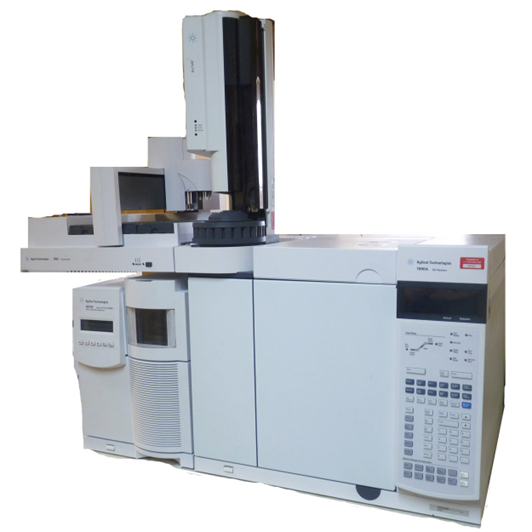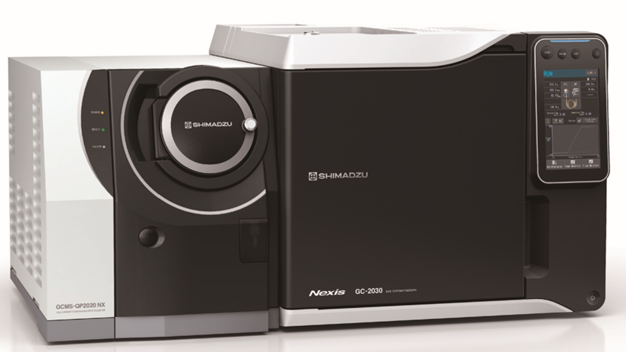Gas Chromatograph | ||
FID 7890A Agilent | FID 9000 Intuvo Agilent | FID Trace 1610 Thermo Scientific |
Principle: The operation of the FID is based on the detection of ions formed during combustion of organic compounds in a hydrogen flame. The generation of these ions is proportional to the concentration of organic species in the sample gas stream. FIDs are used very widely in gas chromatography because they are relatively inexpensive to acquire and operate and have wide linearity and detection ranges and low maintenance requirements. Applications: The aliphatic hydrocarbon profile (AHP), Total Petroleum Hydrocarbons (TPH- C8-C40) in extracts from several matrices including water, soil/sediment, sludge and tissue, and other general applications. | ||
Gas chromatograph — with Mass Detector | |
7890A Agilent | QP2020 NX Shimadzu |
Principle: The Gas Chromatography/Mass Spectrometry (GC/MS) instrument separates chemical mixtures (the GC component) and identifies the components at a molecular level (the MS component). It is one of the most accurate tools for analyzing environmental samples. The GC works on the principle that a mixture will separate into individual substances when heated. The heated gases are carried through a column with an inert gas (helium). As the separated substances emerge from the column opening, they flow into the MS. Mass spectrometry identifies compounds by the mass of the analyte molecule. A library of known mass spectra, covering several thousand compounds, is stored on a computer. Mass spectrometry is considered the only definitive analytical detector. Applications: Polycyclic Aromatic Hydrocarbons (PAH-16 Priority pollutants), GC-MS analysis for general scan. | |


 Colored
Colored Grayscale
Grayscale


